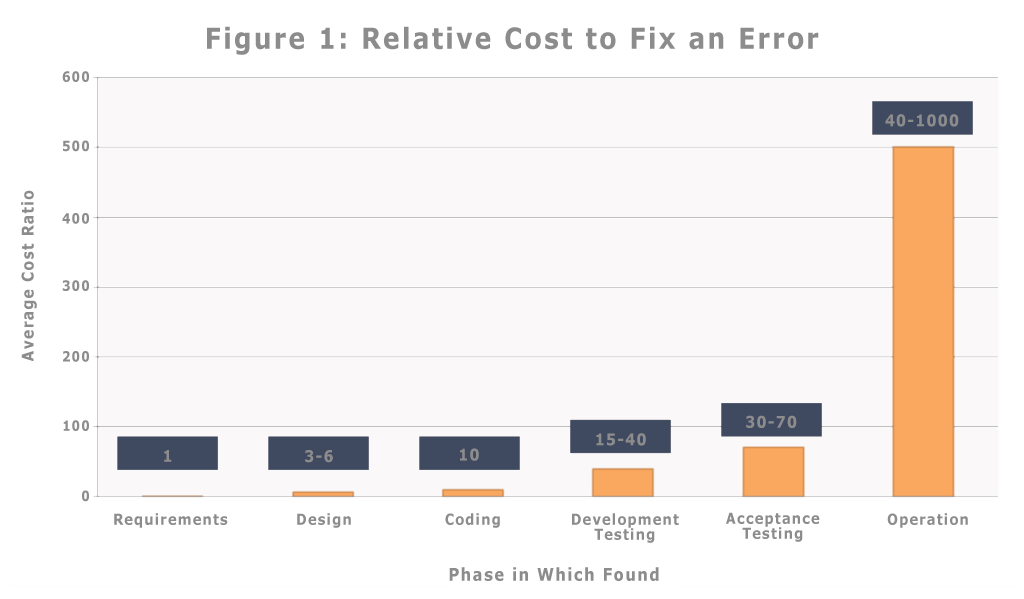As part of our proposals for Quality Assurance consulting work and overall software development, our customers routinely ask us for business justification for why QA is such an important part of building reliable software. Our Quality Assurance team is made up of very experienced members, most of who have been in Quality Assurance Management in one form or another. We’ve gone down the path of needing to justify our teams, our departments, and the very existence of Quality Assurance itself in the various organizations.

The investment portion is your dollars spent on Quality Assurance, and that varies based on existing staff, training, tools, and resources you already have bundled with any Quality Assurance estimates provided on a proposal. This examination seeks to dive into the first part – what VALUE (or what GAIN) does the organization get having made this monetary investment.
For QA, how do we define the various elements that comprise value?
Determining the value of Quality Assurance can be an intractable problem as the value it brings varies from organization to organization. You’ll need to examine both qualitative and quantitative returns. Let’s investigate how Quality Assurance helps improve the quality of finished software projects, the various risks mitigated by testing, the efficiencies gained by using Quality Assurance, and what investment contributes to proving its ultimate value.
Calculating with Real Dollars
(Quantitative vs. Qualitative)
- How much does poor adoption of a new software package cost a company?
Quality Assurance can run concurrently with development (off of the critical path), accelerating the process and reducing the overall cost of software development. - How much does a public relations problem cost a company?
Quality Assurance prevents unnecessary development churn – defects and problems are found sooner, solved quicker and more cheaply - How will management, the stock market, or venture capitalists respond to missteps?
Quality Assurance improves overall efficiency by allowing developers to develop and reducing context switching necessary to perform testing while building.
Consider the Cost of Defect Repair
Relative cost of fixing errors within the SDLC
In “Error Cost Escalation Through the Project Life Cycle”, NASA states, “many published papers, articles, and books provide information regarding the “value” of systems engineering and quantitative software cost factors, but few sources in the published literature define system cost factors. Barry Boehm performed some of the first cost studies to determine — by software life cycle phase — the cost factors associated with fixing errors. Finding and fixing a software problem after delivery can be upwards of 100 times more expensive than finding it and fixing it during the requirements and early design phases. Late corrections involve a much more formal change approval and control process, and a much more extensive activity to revalidate the correction.” The relative cost to correct errors are shown in Fig. 1 (Boehm, 1981).

Want some extra reading?
We’ve compiled a comprehensive business justification examining why Quality Assurance is such an important part of building reliable software. If you have software engineering needs, be sure to include QA as part of your dev process.
To receive a copy of our white paper on “Realizing the Value of Quality Assurance”, please complete the form below:
- The Economic Impacts of Inadequate Infrastructure for Software Testing, http://bit.ly/QA_Econ
- Estimating the Value of Inspections and Early Testing for Software Projects, http://bit.ly/QA_EstValue
- Error Cost Escalation Through the Project Life Cycle, http://bit.ly/QA_ErrorCost
- Boehm, Barry W. Software Engineering Economics. Upper Saddle River: Prentice Hall, 1981. Print.

